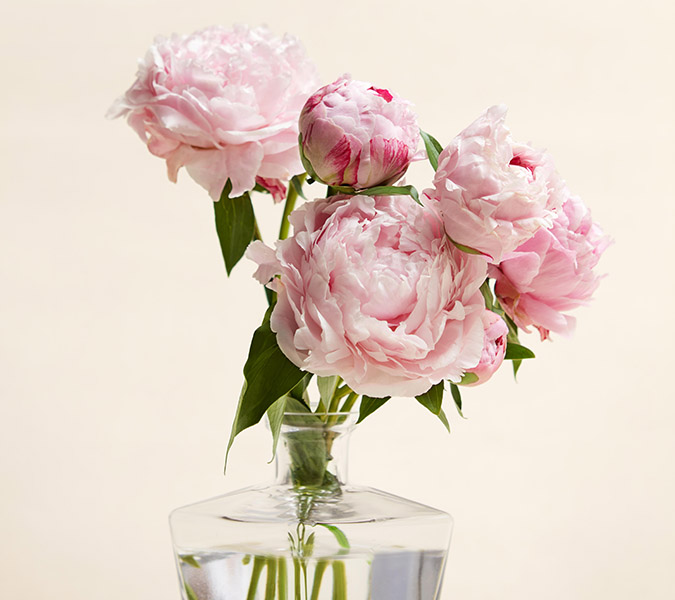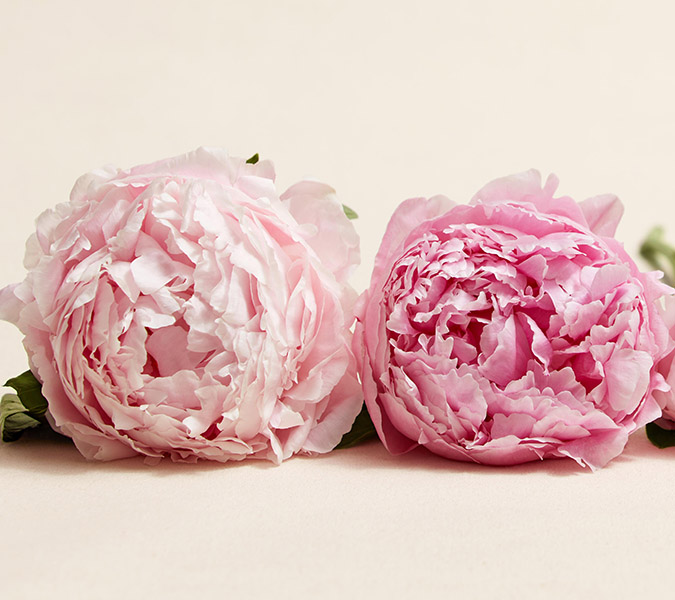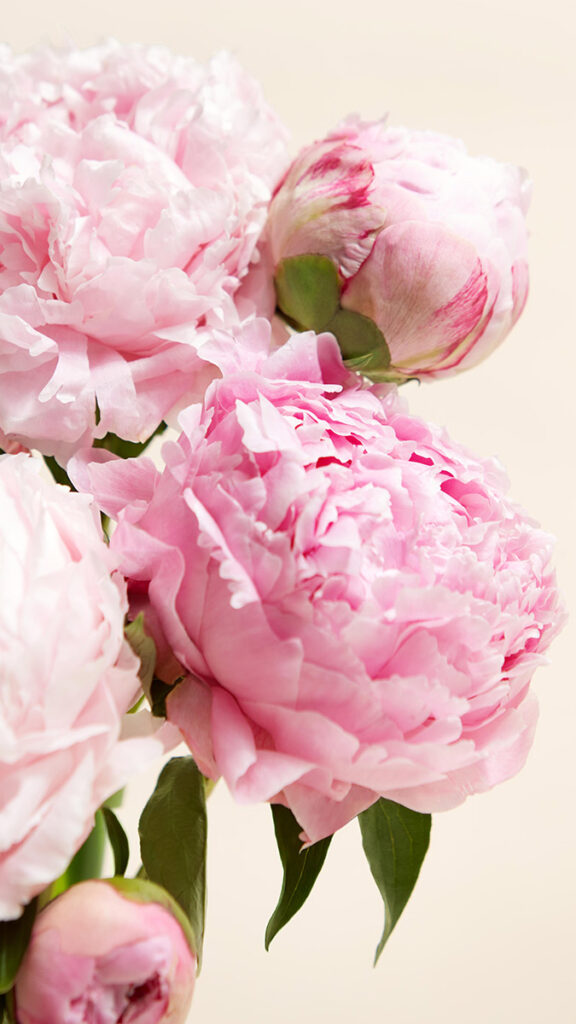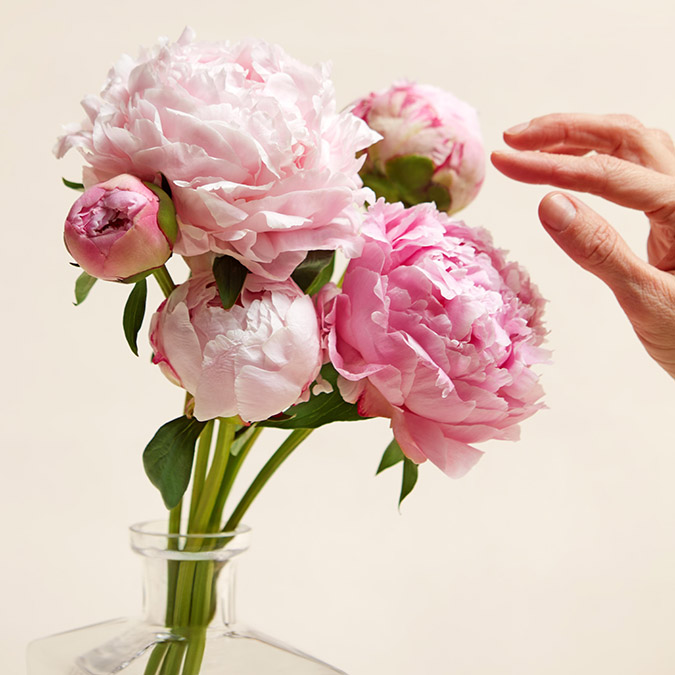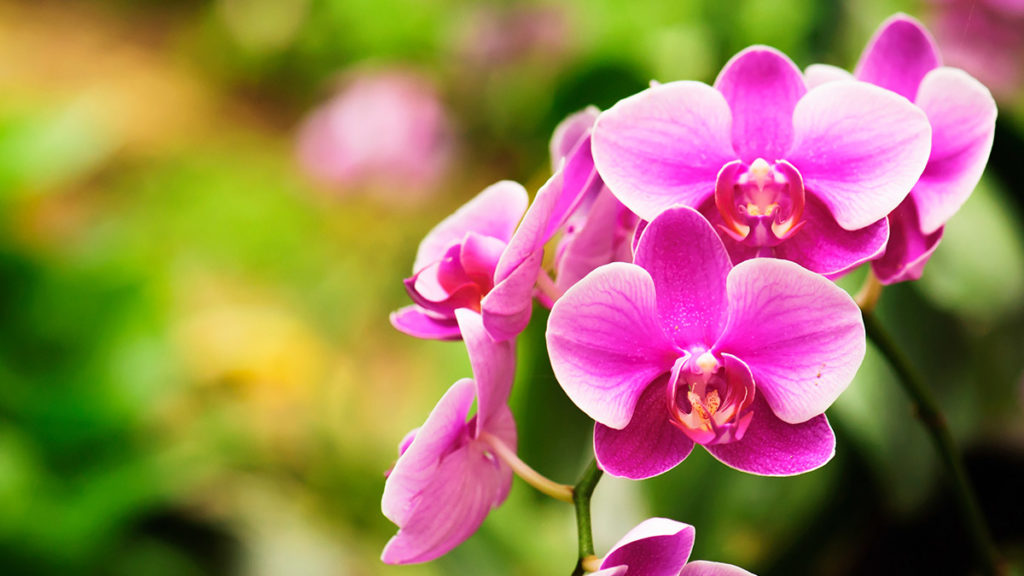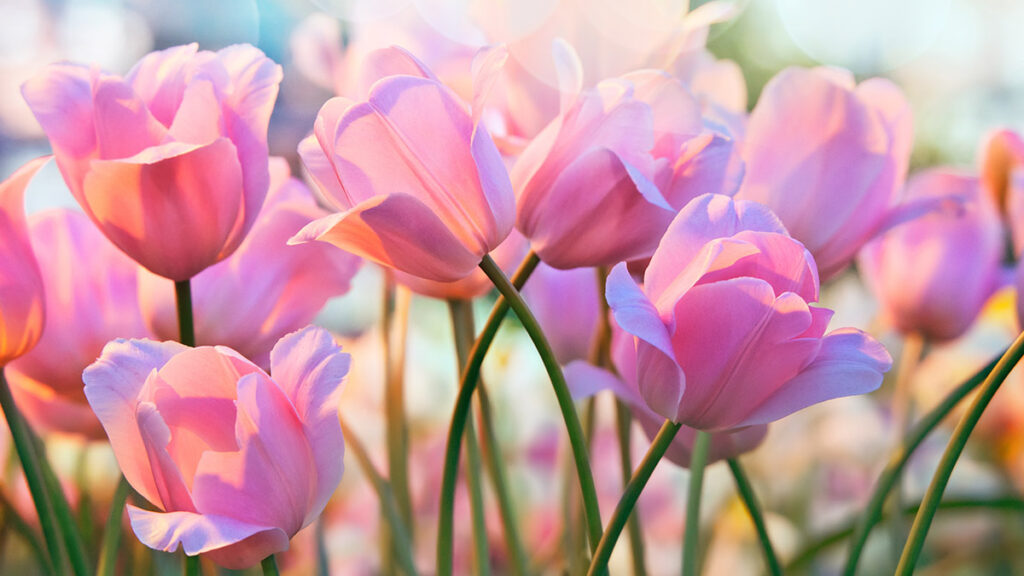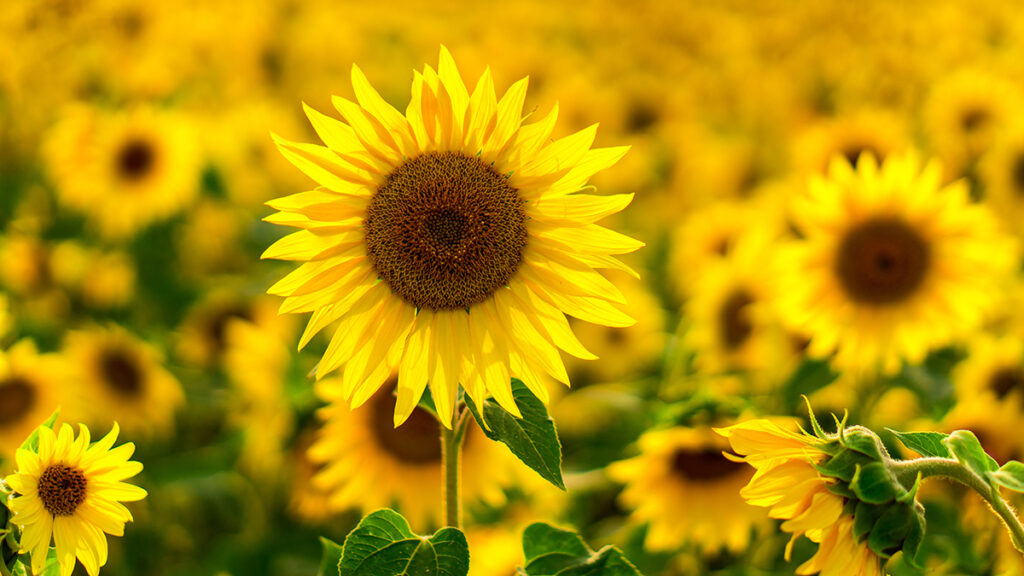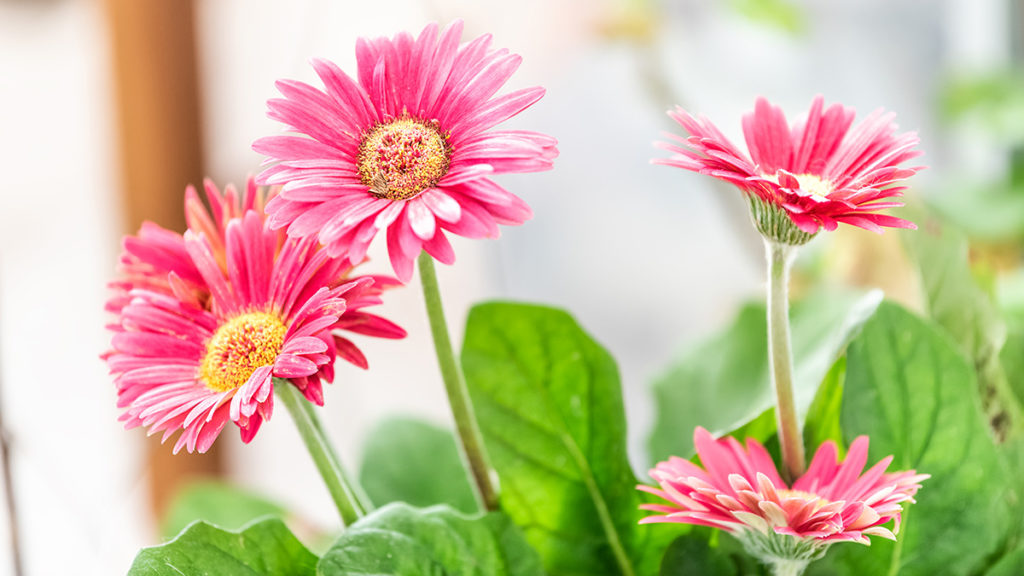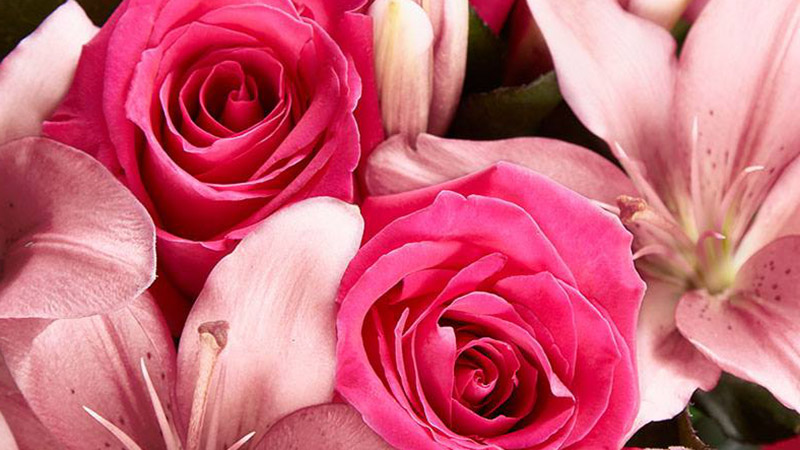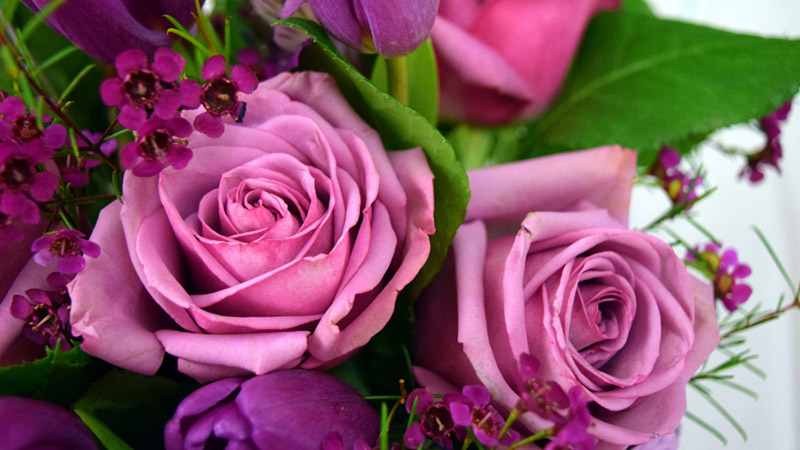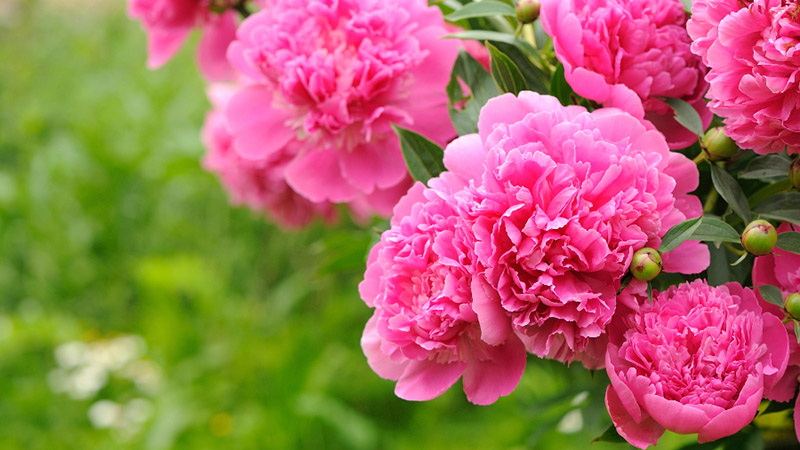
Peonies are favorite flowers among gardeners. These blooms add beauty to any landscape and have one of the longest lifespans of any flower. They’re also one of the most popular kinds of cut flowers.
For all their positives, though, peonies have one big drawback: They are very seasonal and available for only a few weeks each spring. That limited availability, however, only adds to their allure.
With their exquisite beauty and relative rarity, you might think peonies would be very particular about how they are planted, grown, and cared for — but they aren’t. In fact, caring for peonies is not that different from doing so for most other flowers.
Types of peonies
Peonies come in three varieties. They are:
- Herbaceous peonies
- Tree peonies
- Intersectional peonies
Herbaceous peonies are the most common. These usually bloom in early or mid-summer and die in the winter. The second type, tree peonies, tend to bloom in spring and lose their leaves in the fall. Intersectional peonies are essentially a cross between the two; they die back each winter like herbaceous peonies and sprout large flowers like tree peonies.
The type of peony you plant will determine when your flowers will be in season.
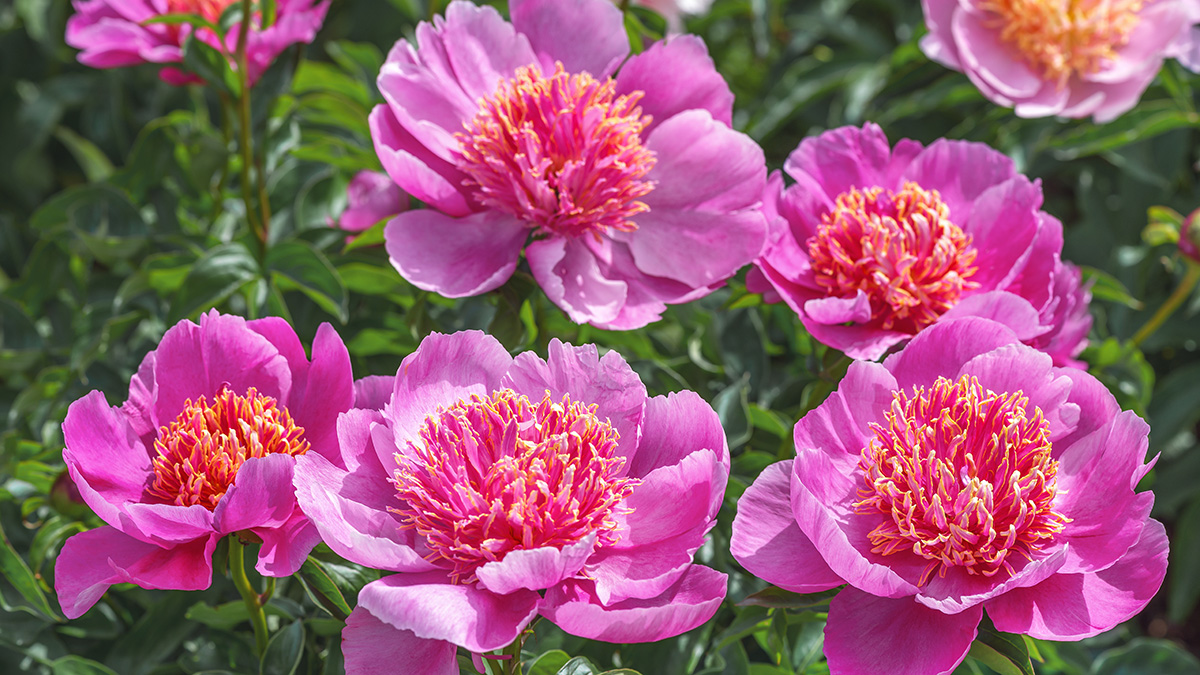
How to plant and grow peonies
Since peonies can grow rather tall (sometimes as high as 5 feet!), make sure the spot you choose to plant them is spacious enough. And remember, peonies can come back year after year, so think long term.
Here are three tips to keep in mind before planting peonies.
- The planting site you choose should be exposed to sun for at least half the day. The more sun your peony receives, the more flowers it will produce.
- When making a spot for your peonies, make sure you dig your hole deep enough and wide enough to accommodate their full growth.
- Always make sure your peonies’ eyes — the buds growing from the crown of the plant — are facing up before placing them in the soil. Once they’re buried, cover them with soil and make sure to provide enough water.
Bonus tip: Since peonies can grow to be pretty tall, they may need more support than some other flowers in your garden. So, make sure you have stakes handy as your flowers start to grow to help hold them up, if need be.
When to plant peonies
The best time to plant peonies depends on where you live. These flowers typically grow best in cooler climates and require a cold winter season, to encourage flower growth. In general, plant peonies in the spring as soon as the ground starts to thaw, or in the fall, before the ground freezes over. Just keep in mind that if you plant in the spring, you may have to wait a year or two before you see them really start to bloom.
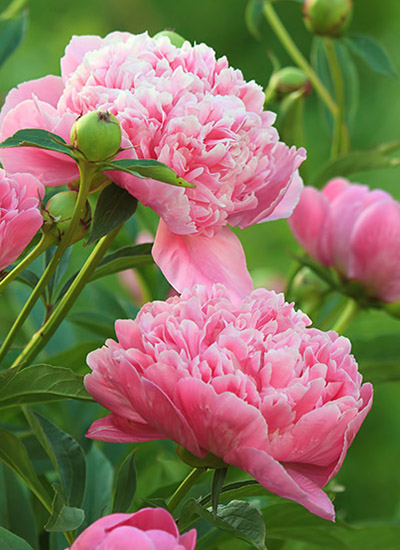
Peony care
To ensure your peonies thrive after planting, as well as for many years to come, follow the following three tips.
- Add a relatively thin layer of compost over your peonies each spring, along with a layer of mulch (approximately 2 inches deep). Doing so can help control the amount of weeds that sprout in your garden and will help retain the moisture surrounding your peonies.
- During the first winter, add 4 to 6 inches of mulch to your garden right after the ground freezes to protect the roots of your peonies.
- During dry periods, water your peonies weekly. You’ll know that you’ve over-watered if you start to see water pooling around the base of your peonies.
Cut peony care tips
When buying fresh-cut peonies, look for ones that have not yet begun to bloom. Peonies are cut when the flower is still in a ball shape, so you want them just starting to crack open. This will give you the experience of seeing the bloom opening and, with the proper care, enjoying a few additional days of the peonies’ unique charm.
To get the most out of your cut peonies, follow these four important care tips.
- Fill your vase about half to three-quarters full with warm water and floral food according to the packet directions.
Bonus tip: When you buy flowers, ask for a few extra packets of flower food so you always have some on hand at home.
- Remove all the leaves that would be below the water line in the vase. Leaves that are submerged will rot, thus creating bacteria that can shorten the peonies’ vase life.
Bonus tip: Make sure the vase is extremely clean, and add a splash of bleach to the water — especially if you don’t have any flower food — before arranging the flowers in it to help keep bacteria at bay.
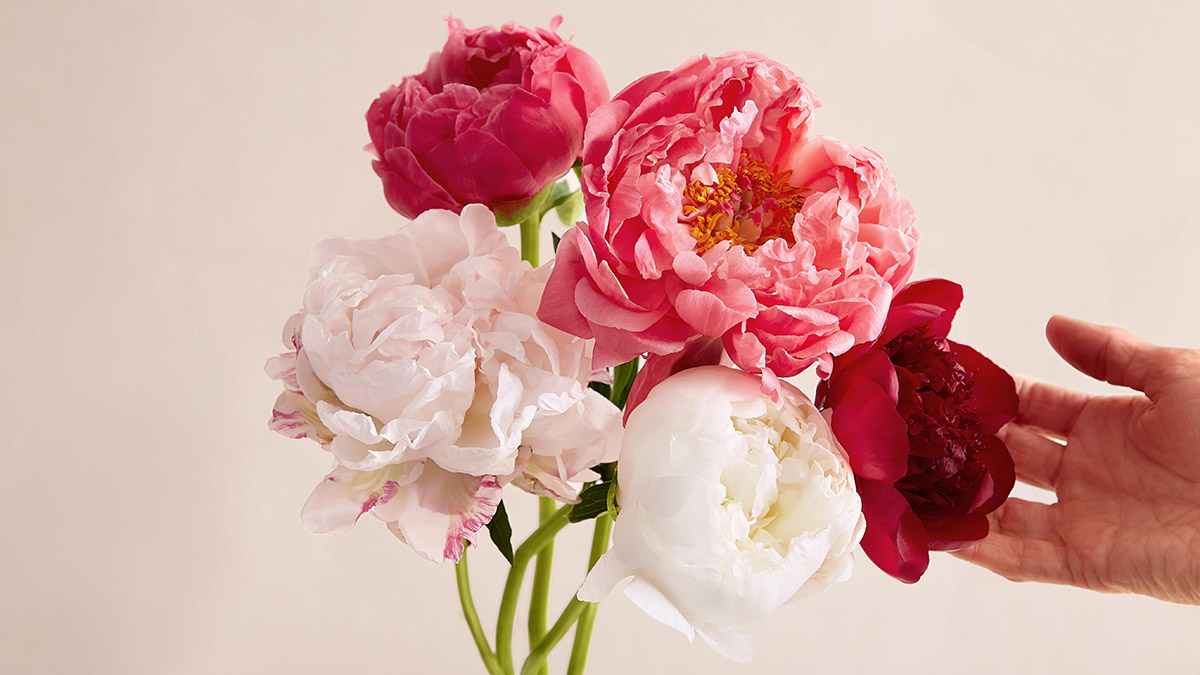
- Using a sharp knife or cutting shears, give each peony a fresh cut, on an angle, before placing it in the vase. How much you cut from the bottom of the stem will depend on the size of your vase.
Bonus tip: Most varieties of peonies have large blooms with multiple petals and can become top heavy. Cutting the stems to make sure the flowers are not too tall in the vase will allow the sides of the vase to help support the stems as the peonies start to open.
- Change the water and flower food every three to four days and re-cut the stems at least 1 inch each time.
Bonus tip: Peonies are big drinkers, so check the water level daily to see if you need to add more water. And always check before re-cutting the stems too.



